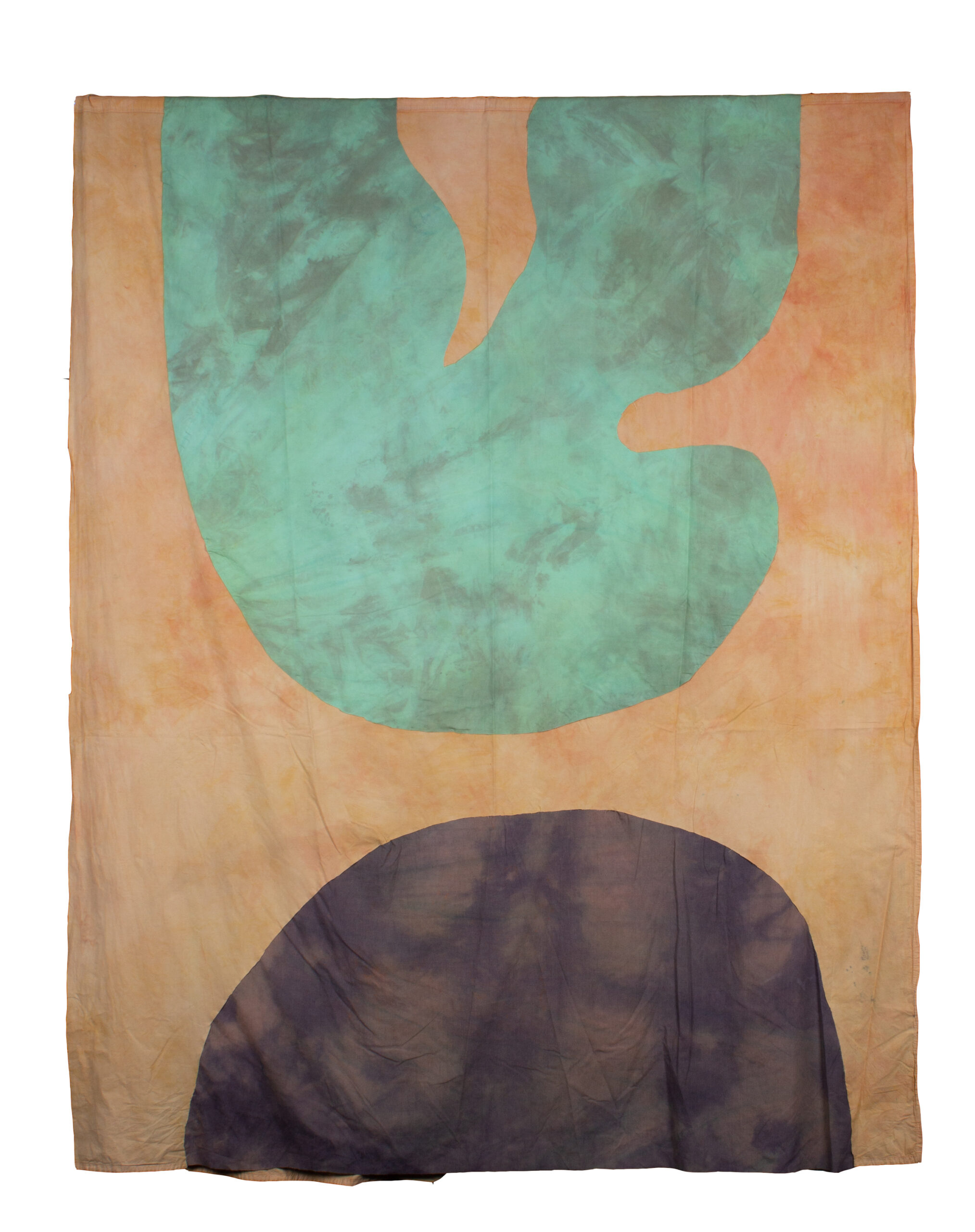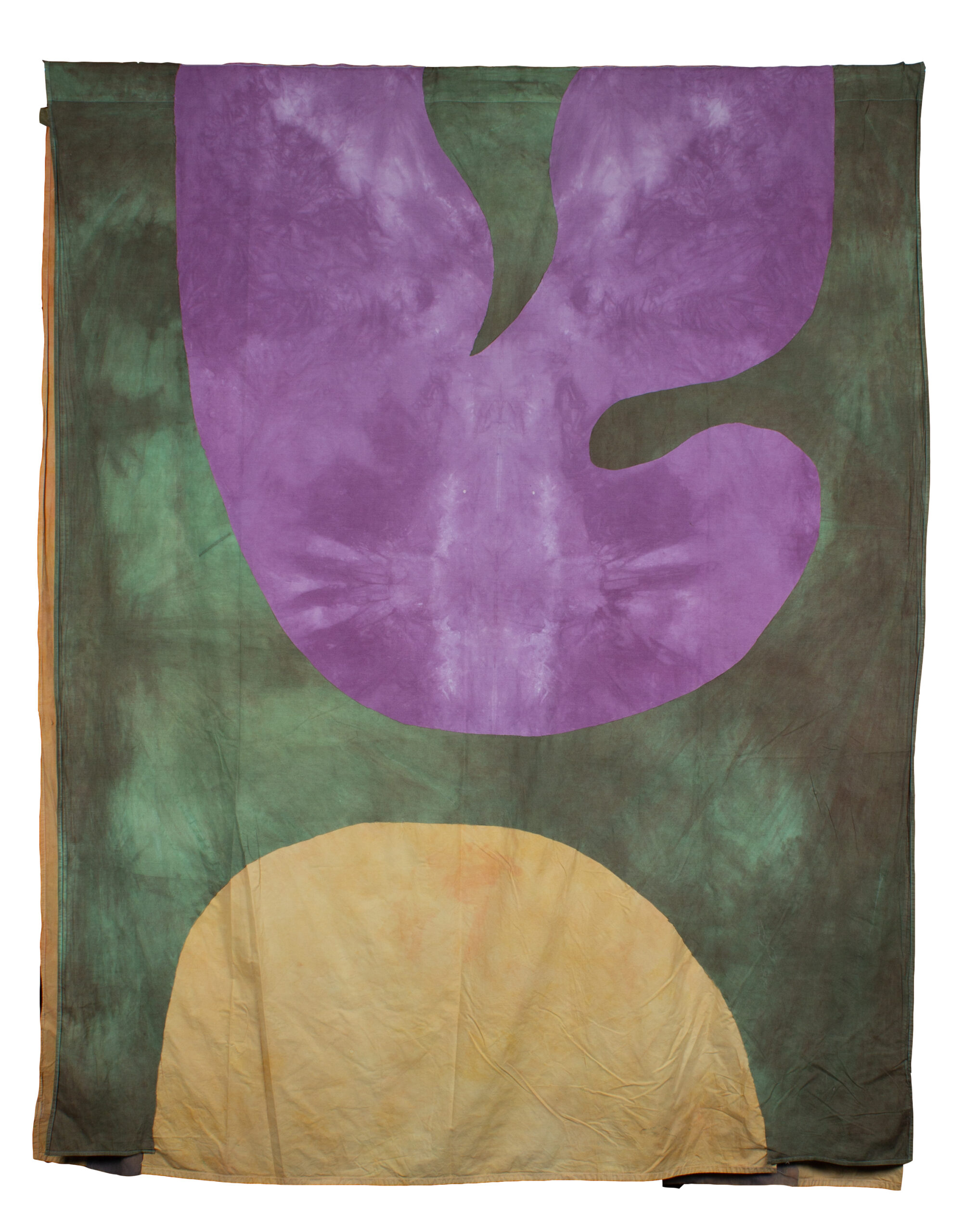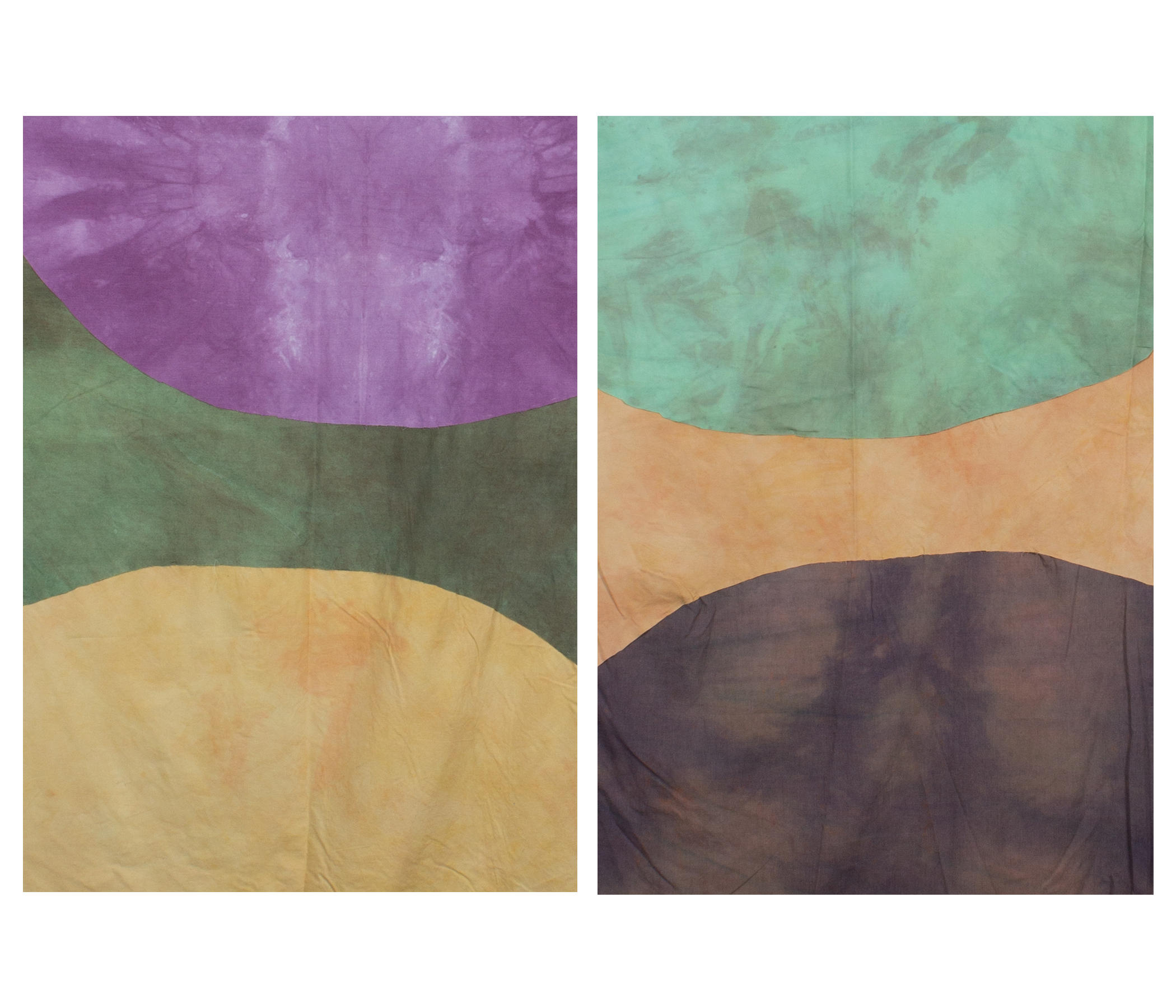Artist Biography
I am an artist raised among forests and mountains. I’m inspired by my experiences in life and prioritizing play and discovery- swimming in rivers, dancing in storms, howling at the moon- being a child no matter how much older I get. I like to study fungi, rock surfaces, tidal pools, and all the tiny universes they create, and I mimic them with art to make some sense of our complex and interwoven world. When I was a child, my family would go hiking in the woods behind our house. There was one section of dense and towering pine trees, situated at the peak of a rolling hill. It was so different from the surrounding landscape that it was like entering a new world, one that was completely hushed and serene. I called it the “magic forest,” and I imagined beings and powers that would exist there, enveloped by dappling sunlight and plush moss beds. Magic Forest is a living installation, changing every day and serving as a literal playspace, exploring the phenomenon of lifelong outdoor play and its power to strengthen the human-nature relationship. The artmaking process is physical and performative, like a dance composed of crawling, kneeling, and lying upon the material. Shapes cut out of hand-dyed fabrics reflect forms and emotions experienced directly in nature. The hand-sewn layers create large, billowy “paintings” that are suspended in the air in a way that is reminiscent of building forts as a child or being enveloped by a silent forest. The artwork is composed of two sides that are stitched together as one, creating a depiction of self-reflection and connection. These colorful and graphic works explore awareness, create new realities, and challenge human relationships with the natural world. My art speaks to the interconnectedness of all things, to the significance of the following intuition, and most importantly, to allow for our innate urge to play.
Thesis Abstract
This thesis explores play as a natural phenomenon, one which helps us connect with each other and with the natural world. Arts-based research methods were used to explore the re-establishment of the human and nature connection through art and play. Interacting with natural materials reminds us of our relationships with the environment and promotes creativity, playfulness, and wonder. Running barefoot through fields or dancing in the rain helps to strengthen our ecological ego, establishing a sense of empathy towards the life around us and reminding us of our impact and roles in the natural world. This empathy found through outdoor play is a crucial step toward altering humanity’s detrimental impact on the environment. As a form of play itself, artmaking and immersive installation methods were utilized to reflect personal experiences and to offer a new perspective on the connection between humans and nature. Hand-dyed textiles were sewn together to create large “paintings” that were suspended in air, encouraging self-reflection and discovery. In this thesis, art, play, and nature were intertwined. Limitations and future directions for this artmaking process were also explored.



